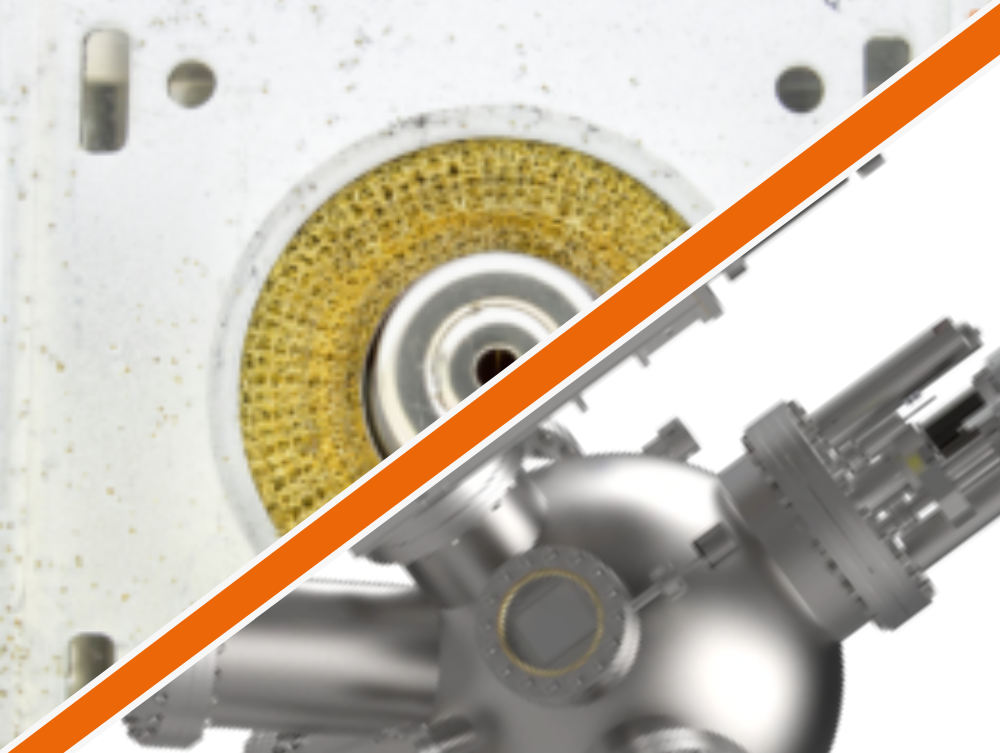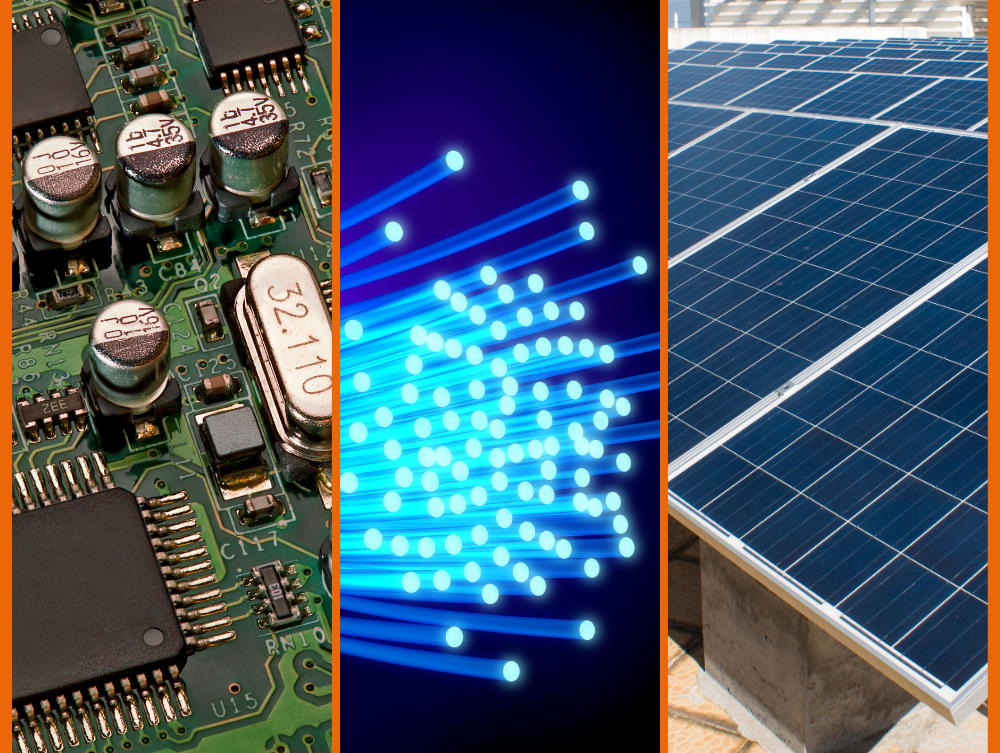High-Temperature Superconductors Shaping the Future of Quantum Materials
Plasmonics, the study of light interacting with free electrons on metal surfaces, has become an essential tool for advancing quantum technologies. By exploiting the unique properties of plasmonic materials, typically metals such as gold, silver, and copper, researchers have opened new avenues for improving the sensitivity, precision, and capabilities of quantum systems. In particular, the […]
High-Temperature Superconductors Shaping the Future of Quantum Materials Read More »










